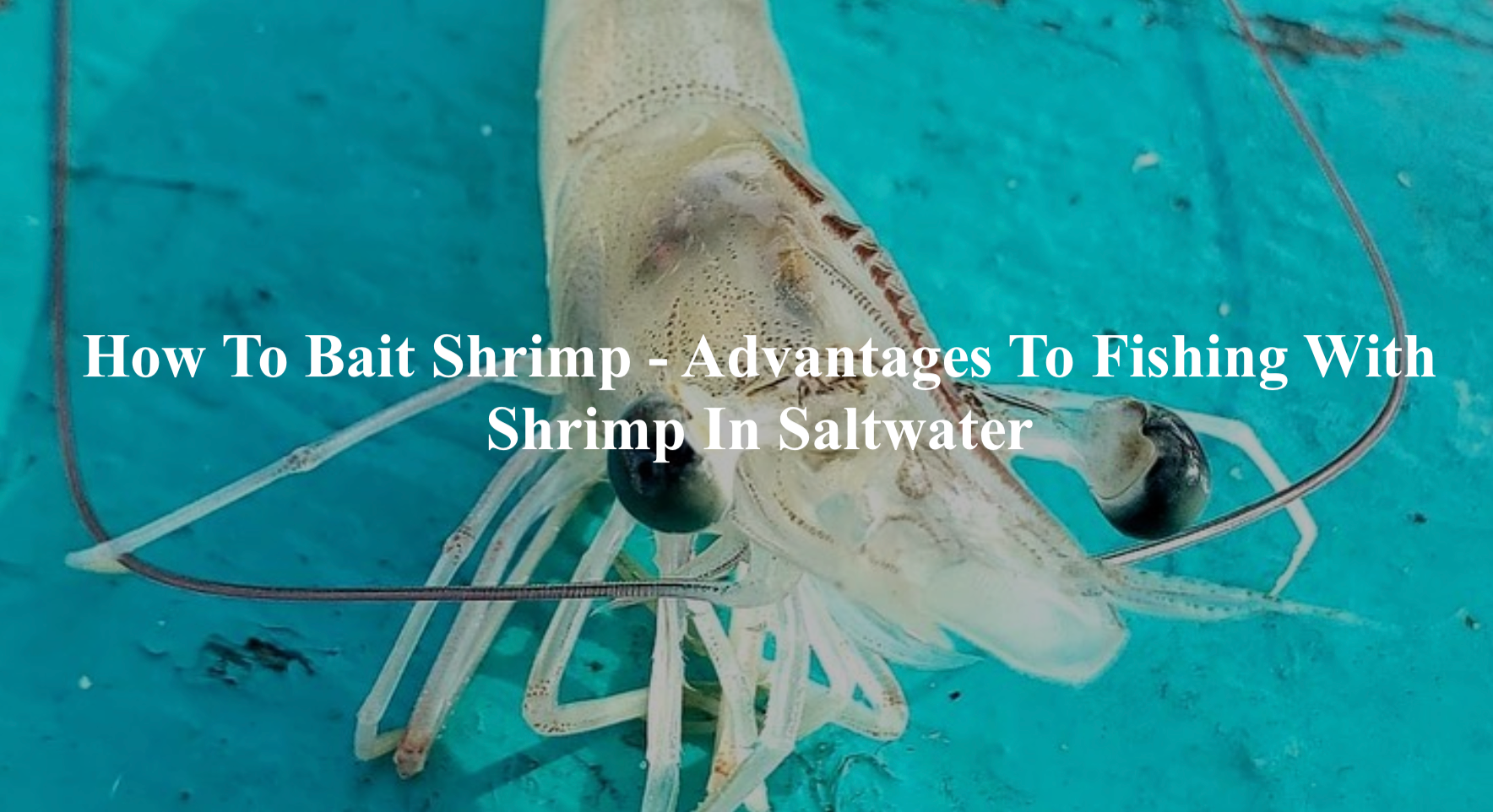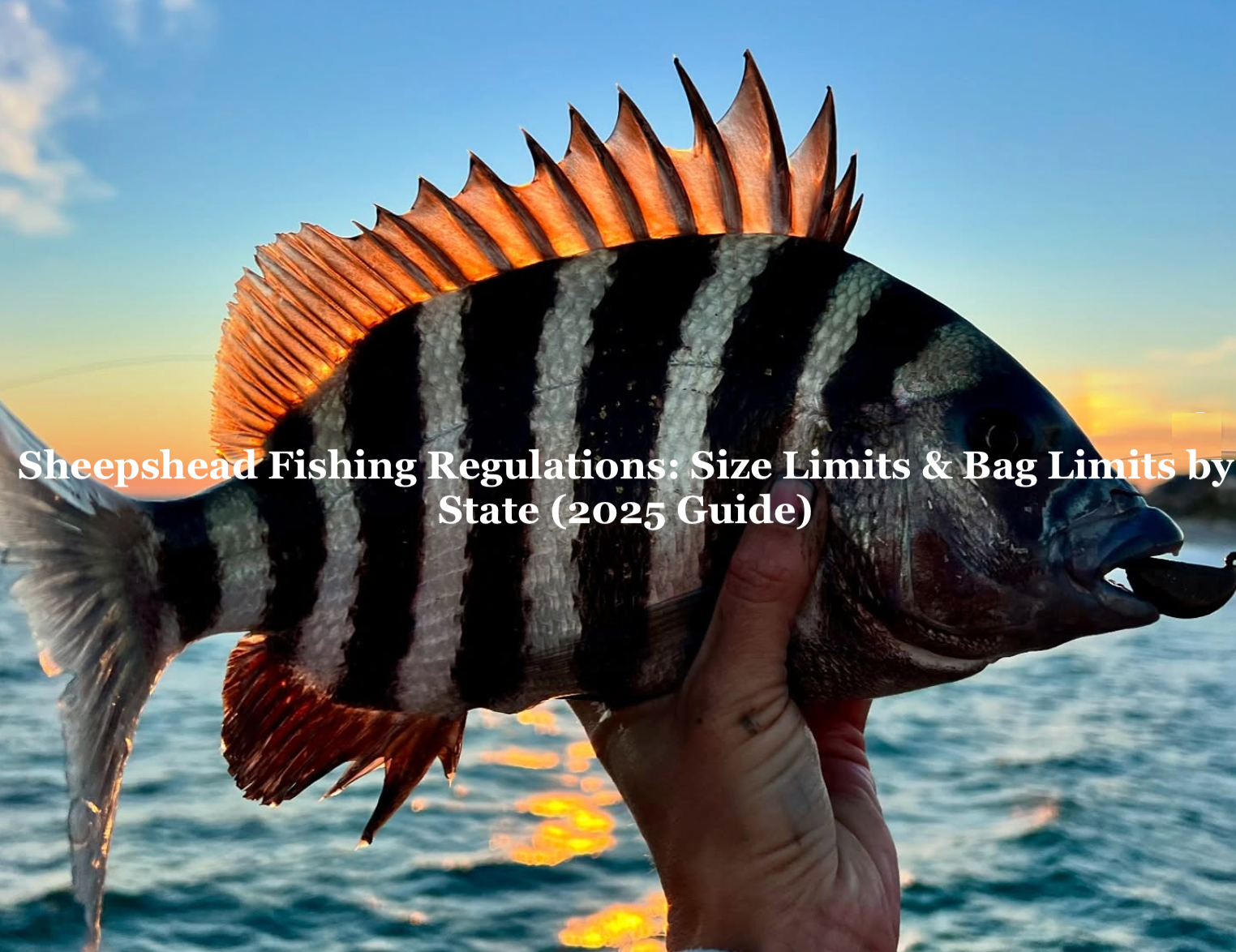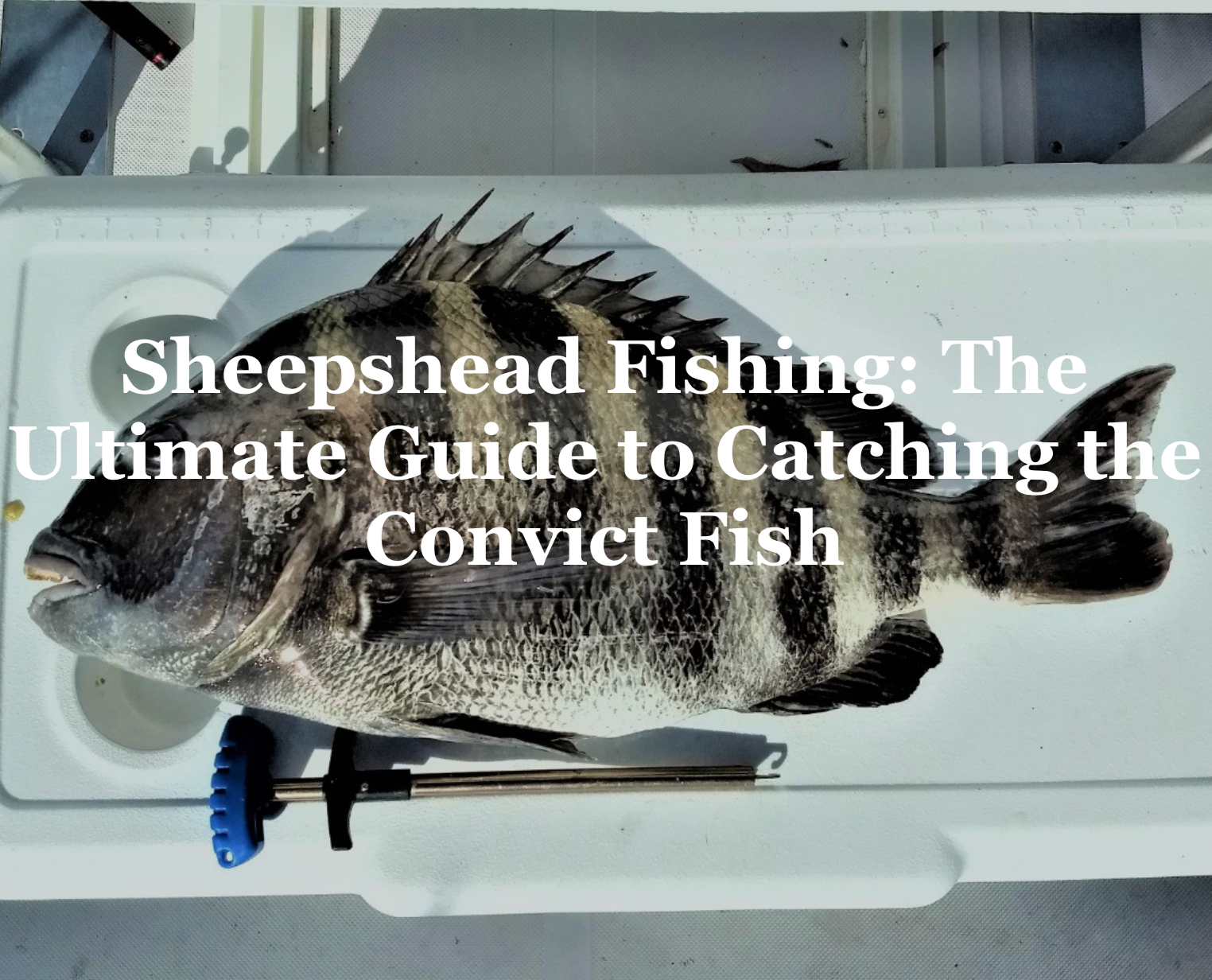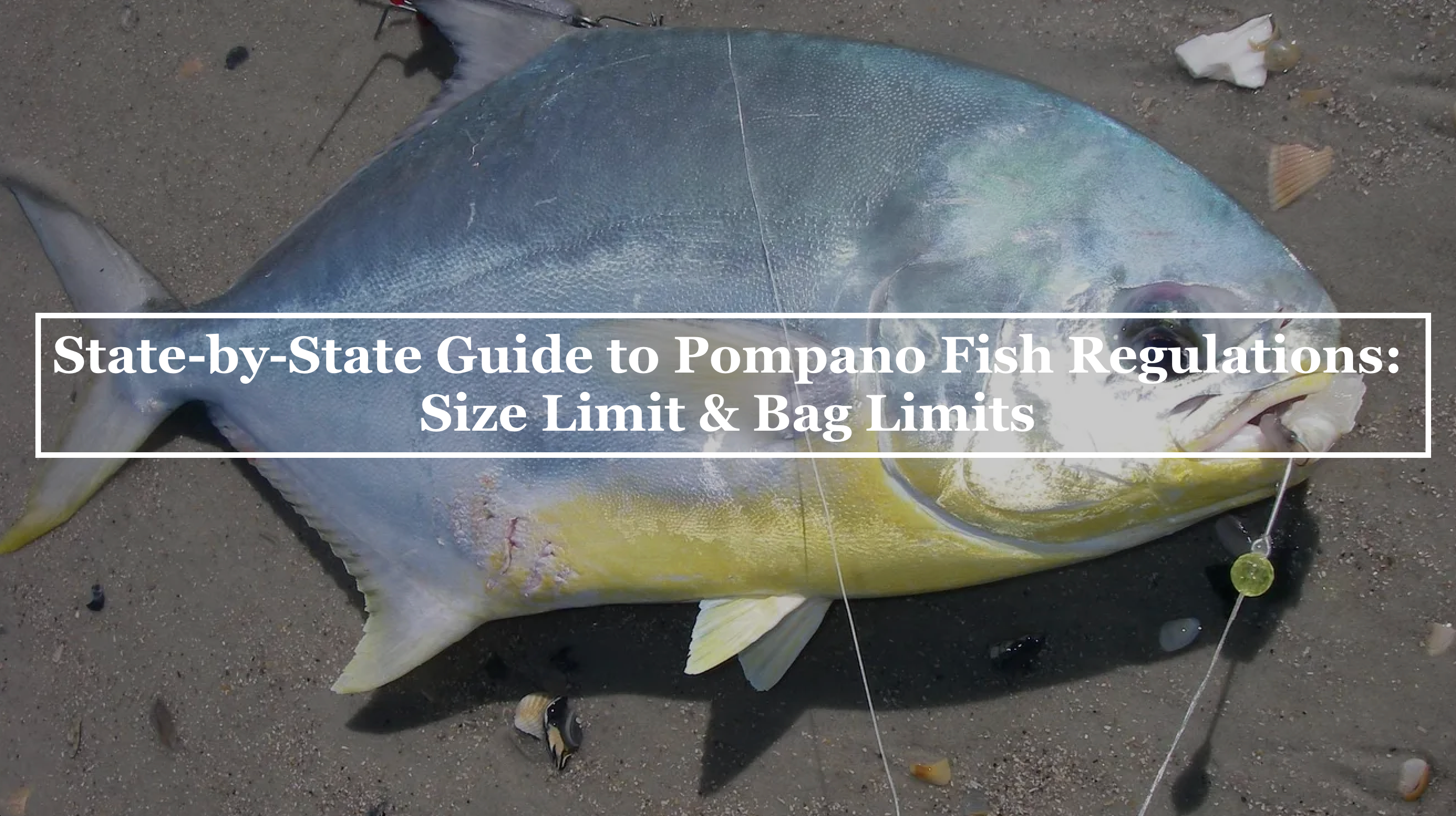As an experienced angler who has witnessed countless successful fishing trips, I can confidently state that shrimp is the undisputed champion of saltwater bait. For new anglers seeking to dominate saltwater fishing, I will outline the myriad reasons why shrimp stands head and shoulders above the rest. From its widespread availability and affordability to its irresistible scent and unmatched versatility, shrimp has proven time and again to be the ultimate bait for saltwater fishing enthusiasts.
How to Bait Live Shrimp

To achieve optimal results when baiting live shrimp for fishing, it's crucial to handle them with care. First, make sure to choose lively and healthy shrimp from your bait container. Using a net scoop up a shrimp then gently grasp the shrimp by its body, avoiding its delicate legs and antennae. To hook the shrimp effectively, insert the hook beneath the first abdominal segment or through the carapace just behind the head, avoiding any vital organs. This allows the shrimp to maintain its natural swimming motion and attract nearby fish. If desired, you can also add a small weight or a slip sinker above the hook to keep the shrimp at the desired depth. Keeping the bait fresh and vibrant is vital for success, so ensure the shrimp remain in a well-oxygenated livewell or bait bucket until ready for use. By delicately handling and properly positioning live shrimp, you increase your chances of enticing a variety of saltwater species.
How to Use Frozen Shrimp as Bait

Using frozen shrimp as bait for fishing can be a convenient and cost-effective alternative to live bait. The first step is to thaw the shrimp, either by leaving it in the refrigerator overnight or by placing it in a sealed plastic bag and immersing it in cold water. Avoid using warm water or exposing the shrimp to direct heat, as this can cause it to lose its texture and aroma. After thawing, remove any excess water and hook the shrimp through its tail as you would with live bait. Going to your local super market and buying fresh dead shrimp is the choice of many anglers if they are forced to use dead bait.
Best Method to Using Live Shrimp for Bait?

Using live shrimp as bait can be an incredibly effective method for attracting a wide range of saltwater fish species. The natural movement and scent of live shrimp make them irresistible to many fish, making them a top choice for anglers. To maximize your success, it's essential to understand the best methods for using live shrimp and the different rigs you can employ.
Carolina Rig
One of the most popular and straightforward rigging methods for live shrimp is the Carolina rig. To set up a Carolina rig, you'll need a swivel, a leader line, a weight, and a hook. Start by sliding the weight onto the mainline, followed by the swivel. Tie the leader line onto the opposite end of the swivel, usually about 18 to 24 inches in length. Finally, tie the hook onto the other end of the leader line. To rig the live shrimp, carefully hook it through the tail or head, ensuring the hook is secure but not damaging the shrimp. Allow the weight to sit on the bottom while the shrimp moves freely in the water.
How to fish with live shrimp under a popping cork
Another effective method is the popping cork rig, commonly used for targeting fish that feed near the surface. This rig consists of a popping cork, a leader line, a weight, and a hook. Begin by threading the mainline through the hole in the popping cork and tying it to a swivel. Attach a leader line of about 18 to 24 inches to the other end of the swivel, followed by the hook. Similar to the Carolina rig, hook the live shrimp gently through the tail or head. The popping cork rig allows you to create popping or splashing noises by tugging or popping the cork, which attracts fish to investigate and strike at the shrimp.
Drop Shot Rig
For anglers who prefer a more finesse approach, the drop shot rig can be highly effective. This rig is particularly useful for targeting fish in areas with heavy vegetation or when fishing in deeper water. To set up a drop shot rig, tie a hook using a Palomar knot about 12 to 18 inches above a weight, usually a drop shot weight or a split-shot sinker. After positioning the weight on the bottom, rig the live shrimp by hooking it through the tail or head. The drop shot rig keeps the shrimp slightly off the bottom, allowing for a more enticing presentation.
Freeline Shrimp
Finally, the free-lining method is an excellent choice for those wanting a more natural and stealthy presentation. With this rig, you'll simply attach the hook directly to the end of your line, without any additional weight or floats. Hook the live shrimp gently through the tail or head and cast it out, allowing it to swim freely. This method works best in areas with minimal current or when targeting timid fish that might be deterred by heavy rigs.
How to Fish with Artificial Shrimp
Fishing with artificial shrimp can be a highly effective method, offering versatility and convenience. To start, choose an artificial shrimp lure that closely mimics the shape, color, and movement of a real shrimp. One of the best in the industry is our Shrimpinator lure that comes ready to catch fish. Cast the lure near structures like reefs, mangroves, or jetties, where fish are likely to be hiding. Retrieve the lure by twitching or jerking it to imitate the natural movement of a shrimp. Vary the speed and depth of your retrieval to determine what technique works best for the conditions and the fish you're targeting. It's also recommended to experiment with different colors and sizes of artificial shrimp to match the preferences of the fish. By fishing with artificial shrimp, you can attract a variety of saltwater species while enjoying the convenience of not having to deal with live bait.
Surf Fishing with Live Shrimp
When targeting saltwater fish with live shrimp, there are several areas you should consider focusing your efforts on. These areas are known to hold a higher concentration of fish and offer favorable conditions for feeding and hiding.
-
Inshore flats and grass beds: Shrimp are often found in the shallow waters of inshore flats and grass beds, making them a natural feeding ground for many saltwater species. These areas provide ample cover for fish, as well as an abundance of food sources, including shrimp. Casting live shrimp near these areas can entice species such as redfish, speckled trout, and flounder.
-
Oyster bars and reefs: Oyster bars and reefs provide a rich and diverse ecosystem, attracting various fish species. Fish tend to congregate around these structures, as they offer shelter and an abundant food source. Using live shrimp near oyster bars and reefs can be highly productive, particularly for species like sheepshead, snapper, and black drum.
-
Mangroves and marshes: Mangroves and marshes provide a complex network of roots and vegetation, offering cover and tidal flow that attracts many saltwater species. Casting live shrimp into the maze of mangroves or along the edges of marshes can yield bites from species such as redfish, mangrove snapper, and flounder.
-
Jetties and rock formations: Jetties and rock formations provide an ideal habitat for a variety of saltwater fish, as they create structure and attract baitfish. Fish often gather near jetties and rocks to feed on shrimp and other prey that may be swept along by the current. Using live shrimp in these areas can attract species like redfish, snapper, and black drum.
-
Nearshore structures and drop-offs: Nearshore structures such as wrecks, artificial reefs, and drop-offs create an environment where predatory fish like to hunt. These areas offer both shelter and opportunities for ambush, making them prime locations for using live shrimp as bait. Species such as seabass, sheepshead, and snapper can often be enticed by live shrimp near these structures.
It's important to research and understand the specific saltwater areas in your region to determine the prime locations for using live shrimp. Factors such as tidal flow, water temperature, and seasonality can also play a role in determining which areas are most productive with live shrimp as bait.
A few other important things that every angler should consider when fishing with shrimp are:
Widespread Availability and Affordability
One of the key advantages of using shrimp as bait is its abundant availability in coastal regions. Whether you are fishing along the shoreline, on a pier, or from a boat, shrimp can be easily obtained from local bait shops, seafood markets, or even caught using a cast net. This accessibility ensures that anglers of all skill levels can readily acquire this bait, regardless of their location or resources. Moreover, compared to other specialized baits, shrimp tends to be relatively affordable, making it a cost-effective option for new anglers.
Abundance of Targeted Species
The vast number of saltwater fish species that find shrimp irresistible is astounding. From the ever-popular redfish, speckled trout, and flounder to the prized snook, black drum, and sheepshead, a varied selection of gamefish eagerly seek out shrimp. Furthermore, shrimp can attract a wide range of smaller fish species, which in turn attract the larger predatory fish you may be targeting. This domino effect builds an underwater ecosystem of activity around your bait, significantly increasing your chances of hooking the desired species.
For new anglers venturing into the world of saltwater fishing, there is simply no better bait than shrimp. Its widespread availability, affordability, and unmatched scent make it a formidable weapon in your tackle arsenal. The versatility of shrimp as bait, adapting to various fishing techniques and imitating the natural appearance and movement of live shrimp, is unrivaled. With its ability to attract an abundance of targeted species and appeal to saltwater crustaceans, shrimp surpasses other baits in terms of effectiveness and excitement. Embrace the allure of shrimp as your saltwater bait of choice, and get ready to experience the thrill of reeling in your next monster catch.






Share:
How to Fish with Crabs: The Ultimate Guide
A Beginner's Guide to Using Squid Bait for Saltwater Fishing